
This is a 1968 painting by American cartoonist Karl Hubenthal depicting a Soldier in Vietnam opening a present from home. The Jack in the box is entertainer Bob Hope who made an annual visit to deployed troops as part of the USO.

This is a 1968 painting by American cartoonist Karl Hubenthal depicting a Soldier in Vietnam opening a present from home. The Jack in the box is entertainer Bob Hope who made an annual visit to deployed troops as part of the USO.
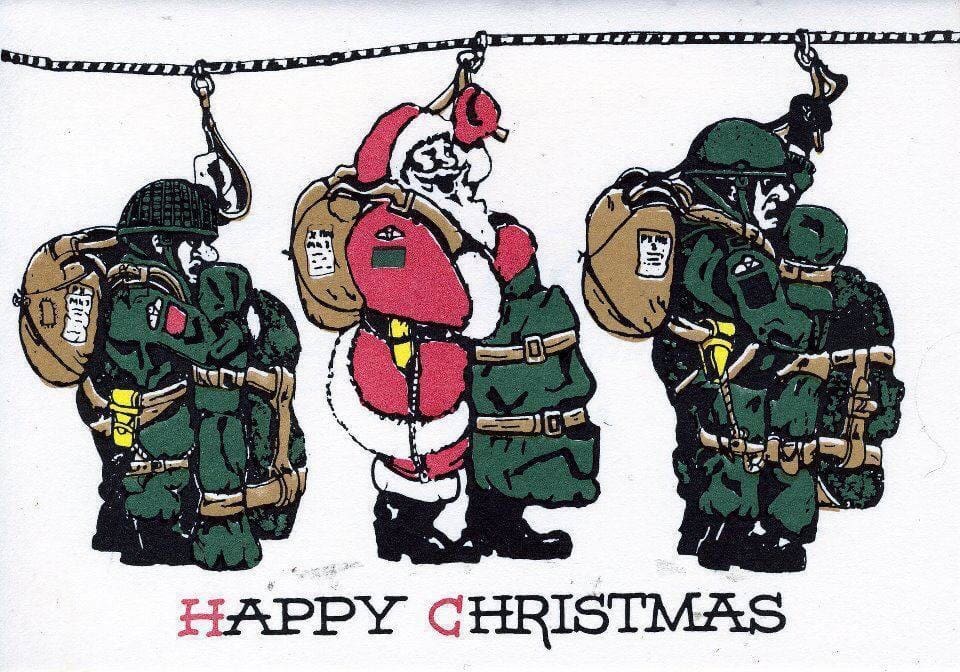
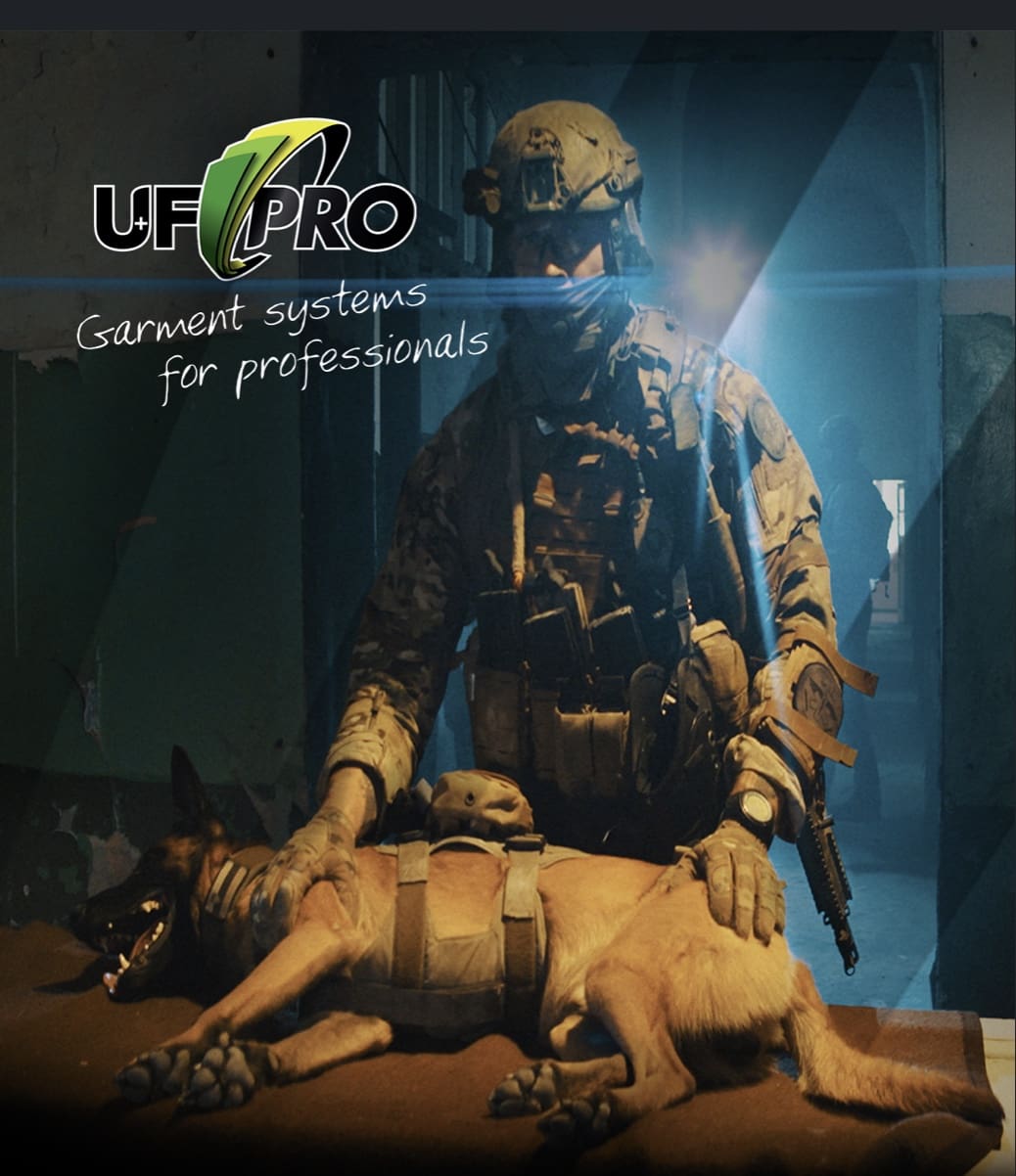
DUKE FIELD, Fla. (AFNS) —
Air Force Global Strike Command named the MH-139A helicopter “Grey Wolf” during a naming ceremony at Duke Field, Dec. 19.

Gen. Timothy Ray, AFGSC commander, made the announcement, comparing it to the wild animal that bears the same name.
The Grey Wolf is the command’s first major acquisition in its 10-year history. The name Grey Wolf is derived from the wild species that roams the northern tier of North America, which also encompasses the intercontinental ballistic missile bases in AFGSC.
“It strikes fear in the hearts of many,” Ray said. “Its range is absolutely inherent to the ICBM fields we have.”
“As they hunt as a pack, they attack as one, they bring the force of many,” he continued. “That’s exactly how you need to approach the nuclear security mission.”
The helicopters will provide security and support for the nation’s ICBM fields which span Wyoming, Montana, North Dakota, Colorado and Nebraska. The new helicopter closes the capability gaps of the UH-1N Huey in the areas of speed, range, endurance, payload and survivability in support of the command’s ICBM missions. Other mission capabilities include civil search and rescue, airlift support, National Capital Region missions, as well as survival school and test support.
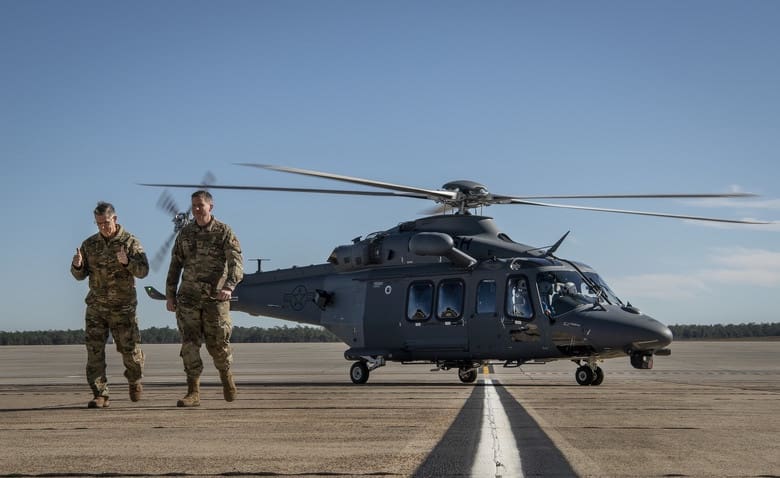
The roll out of the new helicopter demonstrates an asset providing ICBM security in support of U.S. Strategic Command’s nuclear deterrence operations aligned with the National Defense Strategy. The acquisition was contracted through Boeing during a full and open competition at a cost of $2.38 billion for up to 84 aircraft — $1.7 billion under budget. It is the command’s first commercial “off-the-shelf” purchase, adding military-unique modifications.
The Air Force will procure up to 84 MH-139A Grey Wolf helicopters, training devices and associated support equipment from Boeing.
“When I think about the issue in front of us, about moving forward in nuclear deterrence, when I stare down a wave of acquisition for essentially everything we do, I hope this particular program is a harbinger of very successful stories to follow not just for our command but for the good of the nation and for the good of our allies and partners,” Ray said.
The Grey Wolf will replace the UH-1N, which entered the operational Air Force in 1970.
The MH-139A Grey Wolf will provide vertical airlift and support the requirements of five Air Force major commands and operating agencies: AFGSC, Air Force District of Washington, Air Education and Training Command, Air Force Materiel Command and Pacific Air Forces. AFGSC is the lead command and operational capability requirements sponsor.
By TSgt Mike Meares, Air Force Global Strike Command Public Affairs
ARLINGTON, Va. — The Army has saved about $1.2 billion over the past year using a process called “category management” for purchasing goods and services, a top acquisition official said, adding those savings will be redirected toward modernizing the force.
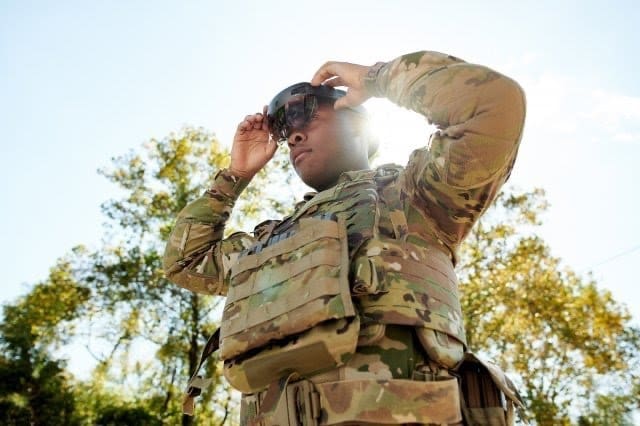
“This is one of the ways we’re funding the Army’s priorities,” said Rebecca Weirick, executive director of services acquisition in the Office of the Deputy Assistant Secretary of the Army for Procurement. She spoke Wednesday as part of a panel at the Association of the U.S. Army’s “Hot Topics” forum on Army acquisition and contracting.
The panel, titled “Revolutionizing Industrial Age Thinking with Category Management,” pointed out that the concept is a relatively new one for the Defense Department and borrows best practices from the private sector.
A new course, titled “Contracting Efficiencies,” will debut early next year at the Army Logistics University to teach category management concepts to non-acquisition personnel, Weirick said. While the pilot course will be taught at ALU on Fort Lee, Virginia, the curriculum is being put together by the Army’s Office of Business Transformation at the Pentagon.
Under category management, the Army divides purchases into 19 categories, said James H. Lewis, panel chair, who also works in the Army’s procurement office.
Ten of the 19 categories are “common” categories used by all federal agencies, he said, like “professional services” or “security and protection.” The other nine are DOD-centric such as “weapons and ammunition, electronic and communication equipment, or research and development.”
Category management aligns purchases into groups of similar or related products in order to gain efficiencies and save money, Lewis said. The key is a “robust market intelligence capability,” he added.
Sometimes it’s smarter to use a small business, depending on the commodity being purchased, because the overheads are so much lower, Weirick said. Other times it’s smarter to use a large business and buy in bulk, she added. Category management has provided the ability to discern the best acquisition approach using data-driven decision making, she explained.
Weirick gave another example of how analyzing the market data can save money. The 2018 data showed that 26% of the Army’s information technology equipment purchased in the last weeks of the fiscal year were generally more expensive than purchases made outside of this period. This represents a loss in Army buying power. Reducing fourth-quarter purchases to only mission-essential requirements will yield a potential annual savings of about $10 million. This may not seem like much when compared to the defense budget, she said, but all these savings initiatives add up.
The Army began implementing category management last year, she said. The Air Force had already been doing it for a couple of years, so the Army was able to take advantage of data the Air Force had collected, she explained.
While the Army leveraged work the Air Force had already done, the Army took a bit of a different tack, Weirick said. “I’d say it’s sort of like a pincher move,” she added — strong leadership emphasis from the top empowers the teams executing the work to think and do business differently, which creates the momentum for real change.
The secretary of the Army directed implementation of category management, and assigned the under secretary the role of senior official responsible for category management within the Army.
The under secretary named co-category managers at the three- and four-star level both at the major commands, and in the Pentagon. Those same individuals are also responsible for approving budgets, she said.
The Army has set a goal of saving 5% year over year using category management and will reinvest those funds in higher Army priorities, Weirick said.
Steve Benson, director of category management for the DOD Office of the Chief Management Officer, said for every dollar the department has invested in category management, it has realized a return of $160 for a ratio of 1:160.
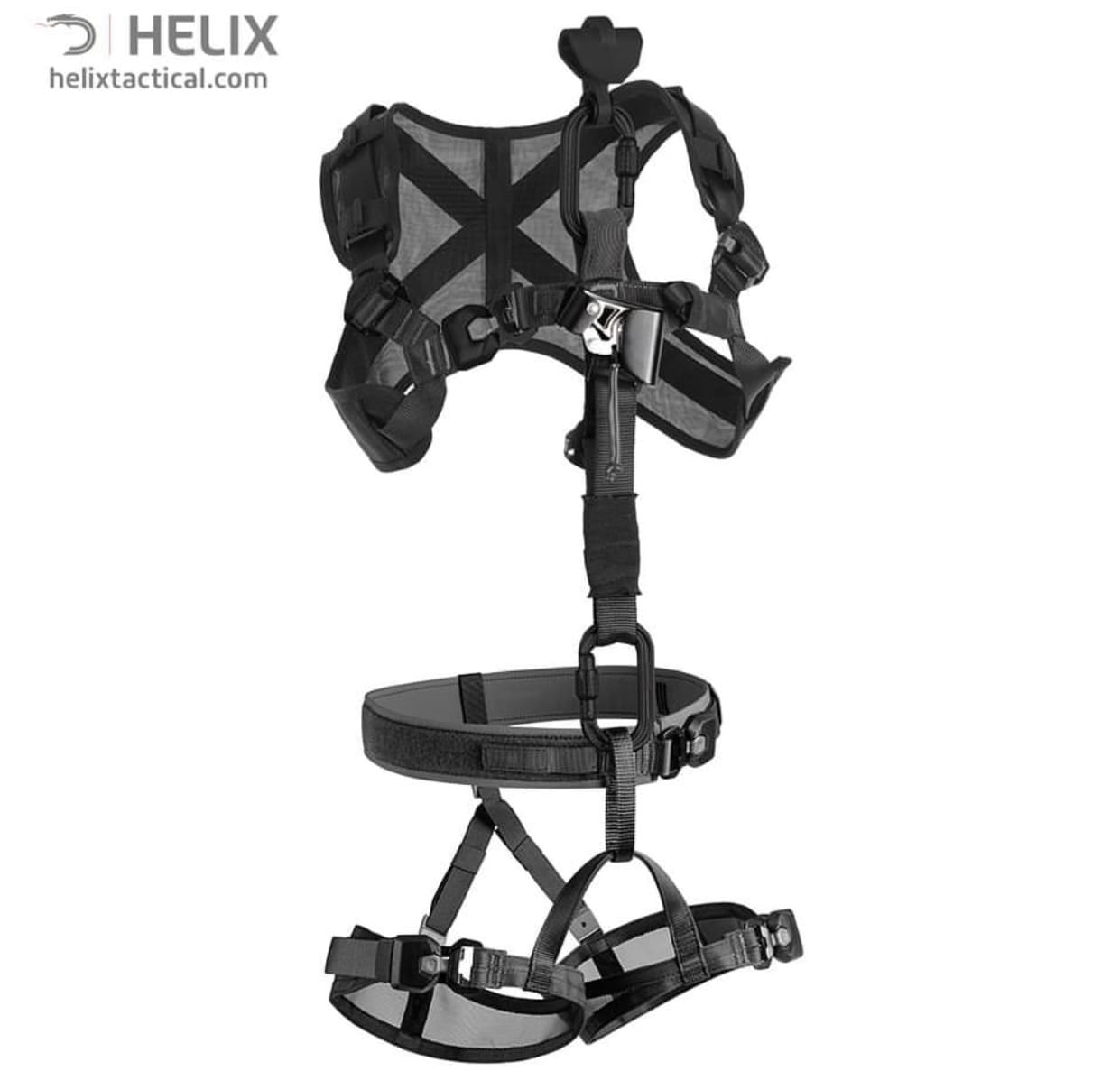
The HCMH (Helix Combat Multi Harness) is the latest addition to their Tactical Climbing Harness range. Unlike other off the shelf harnesses, the HCMH fully integrates with other ‘on the man’ systems such as life jackets and plate carriers, ensuring greater comfort and safety of the end user.
It is a fully modular harness system designed specifically for military operational use and has acquired UK helicopter clearances for specialist troop emplaning & deplaning techniques as well as fulfilling high access requirements.
The HCMH is issued as a single unit item complete with log cards. This allows logistics staff to easily administer the equipment.
Components:
1 x Riggers Belt – A 45mm wide belt which fits into standard belt loops and can take molle attachments and heavier equipment such as pistol holders. It is fully adjustable and excess material is easily stowed away. The lightweight material has minimal volume to reduce water absorption and drying time. The outside surface of the belt uses fine velcro, allowing battle belts to be positioned on top of the belt and won’t move around. The belt includes a low-profile textile belay loop on the front of the belt which allows the user to connect quickly into an anchor or system using a tested belt.
2 x Gear Loops – These velcro into position onto the harness in the position required by the user.
1 x Set of Leg Loops – These are very lightweight and compact due to the synthetic mesh which minimises their bulk and moisture retention. Weighing just 260g they can pack down into a pouch which is just 12 x 8cm. They are fully adjustable and use the same corrosion resistant buckles as the belt. They can be added to the sit harness in less than 15 seconds.
1 x Chest Harness – Can be worn over or underneath plate carriers and is made from mesh fabric which minimises bulk, water absorption and drying time. The integrated attachment point for the chest ascender is compatible with body armour.
2 x PerfectO Carabiners – This compact oval carabiner connects the chest harness to the sit harness.
1 x Fifi Hook with retaining grommet and mouth tab – Provides a ladder attachment point to support the load of the operator and is useful for resting or situations where two free hands are required.
1 x Chest Ascender
1 x Storage Bag
1 x User Instructions
helixtactical.com/Products/Harnesses/Full-Body-Harness-(Modular)/HELIX-Combat-Multi-Harness
Last Friday, the US Department of Justice announced it had filed a federal criminal complaint in Maryland charging Arthur Morgan, age 67, of Lorton, Virginia, on a federal wire fraud charge, in connection with federal contracts to provide helmets, body armor, and other goods to military and other federal entities. The criminal complaint was filed on December 16, 2019 and was unsealed at his initial appearance following his arrest on December 17, 2019. He is the CEO of SEG Armor, who was also named in the charges. If convicted, Morgan faces a maximum sentence of 20 years in federal prison for wire fraud.
The criminal complaint alleges that Morgan falsely certified that the ballistic vests, helmets, riot gear, and other items he offered for sale were from TAA compliant Hong Kong and the United States. The affidavit alleges that Morgan knew that the items were manufactured and purchased from China. From September 2015 to July 2019, the U.S. Navy and U.S. Department of State were two of at least five federal agencies that placed a total of nine orders with SEG for ballistic vests, helmets, or riot gear, valued at approximately $639,921.11.
Of note to SSD readers, he informed the US Navy that he was manufacturing armor and helmets at a factory here in Virginia. A Navy Acquisition professional at Indian Head ordered helmets from SEG. Naturally, the price was great and they looked just like actual Made in USA helmets. But instead, these counterfeits were made in China. Save a buck and put your troops at risk. Buy the genuine article.
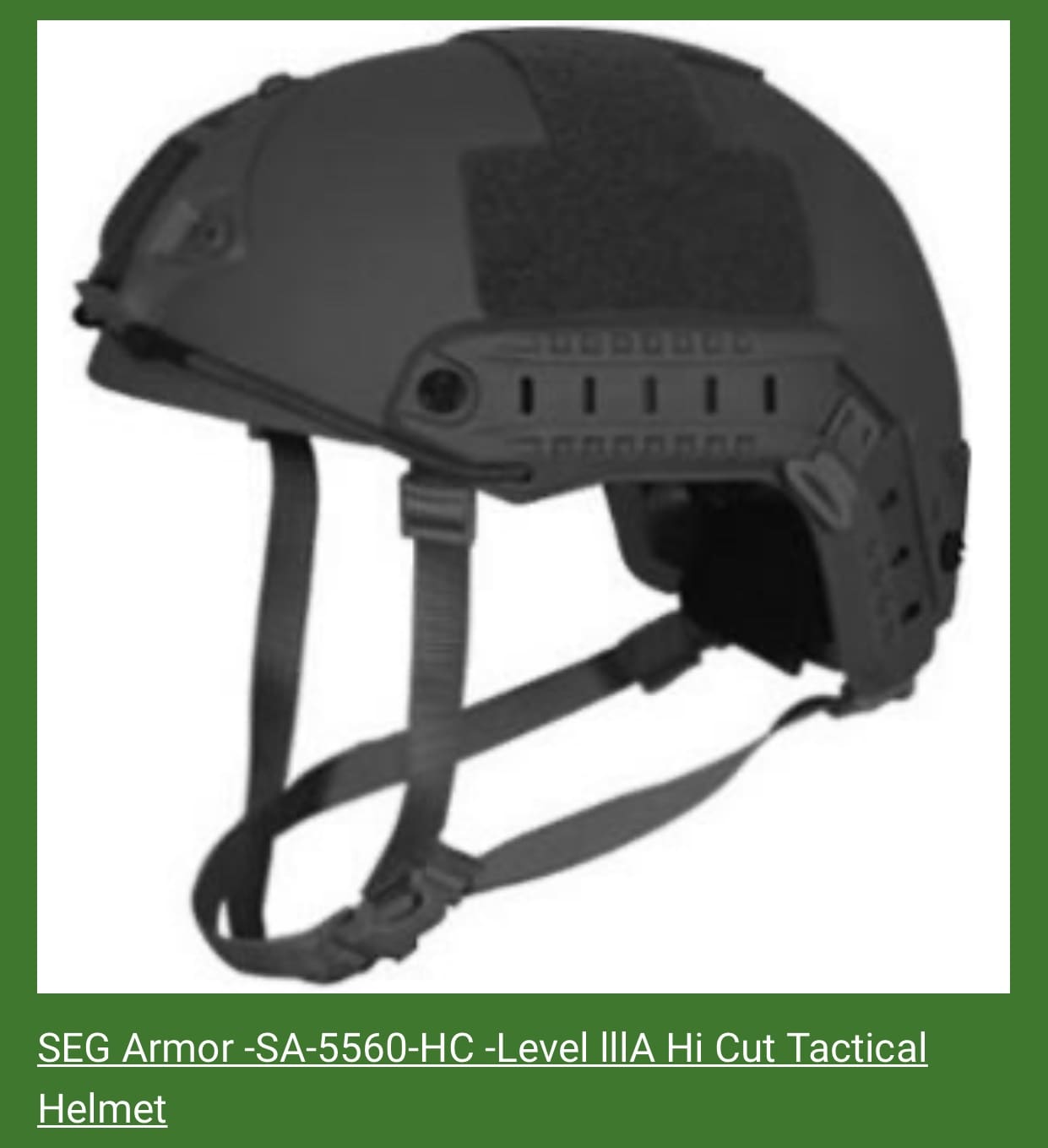
A detention hearing was held last Thursday U.S. District Court in Greenbelt. U.S. Magistrate Judge Gina L. Simms ordered that Morgan be released to a third-party custodian on home confinement, with a special condition that he pay a $75,000 bond. He will be detained until a hearing at 3:30 p.m. today to confirm that Morgan has met his conditions of release.